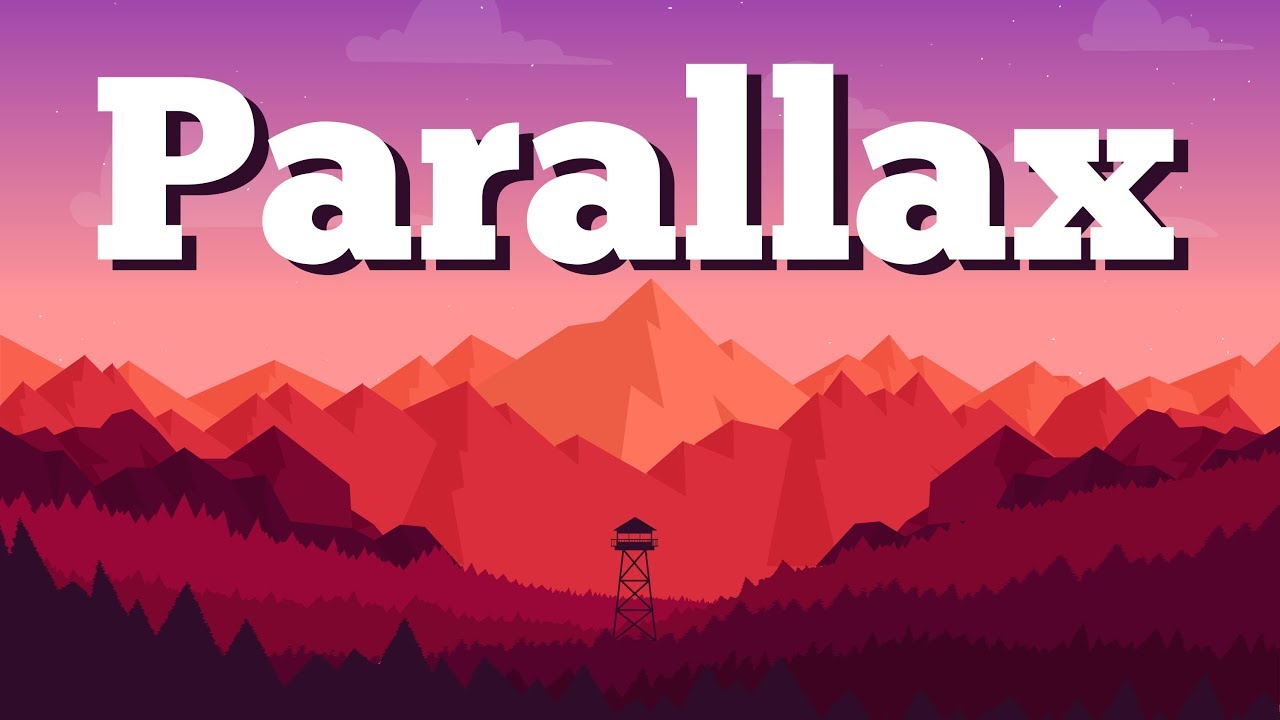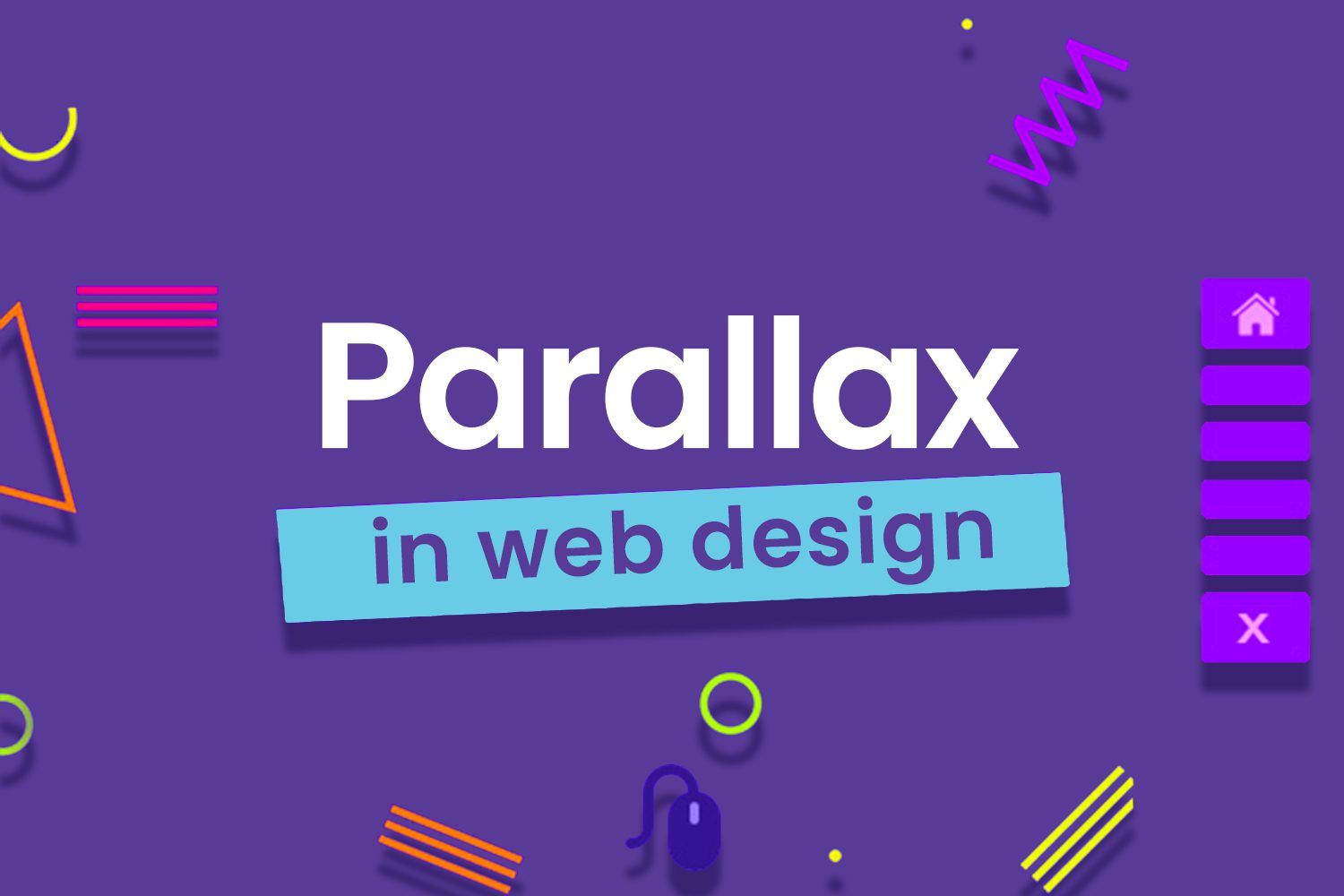Parallax is a term that has gained popularity in recent years, especially in the world of technology. From websites to video games, this visual effect has become a staple in creating an immersive and dynamic experience for users. But what exactly is parallax? Where did it originate from? And how is it being used in different industries? In this article, we will delve deeper into the phenomenon of parallax, its history, and its various applications.
The Origins of Parallax
The word “parallax” comes from the Greek words “para” meaning “beside” and “allaxis” meaning “change.” It was first used in astronomy to describe the difference in the apparent position of an object when viewed from two different vantage points. This concept was first introduced by the Greek philosopher Aristarchus in the 3rd century BC. He observed the Moon’s parallax in relation to the Earth and the Sun and used this information to estimate the distance between the Earth and the Moon.
Later on, in the 17th century, the concept of parallax was further studied and developed by astronomers such as Galileo Galilei and Johannes Kepler. They used parallax to measure the distance between celestial bodies and laid the foundation for modern astronomy.

Initially employed in astronomy, parallax refers to the shift in an object’s apparent position as observed from two distinct viewpoints
Understanding the Science Behind Parallax
In simple terms, parallax is the visual effect created when an object appears to be in a different position from different viewpoints. This happens because our eyes are slightly apart, and each eye sees a slightly different image. Our brain then combines these two images to create a sense of depth and distance.
To understand this better, try holding your finger in front of your face and close one eye. Now switch eyes. You will notice that your finger appears to have moved in relation to the background, creating the illusion of depth. This is the basic principle behind parallax.
Types of Parallax
There are two main types of parallax – horizontal parallax and vertical parallax. Horizontal parallax refers to the change in an object’s apparent position when viewed from different horizontal angles. This is commonly seen when viewing objects against a distant background, such as trees against the sky or buildings against the horizon.
On the other hand, vertical parallax is the change in an object’s apparent position when viewed from different vertical angles. This is most commonly seen with objects on the ground, such as rocks or buildings, when viewed from above or below.
Apart from these two types, there are also various forms of parallax such as motion parallax, which is the perceived motion of objects when moving relative to them, and binocular parallax, which is the difference in the images seen by each eye.

There are two primary types of parallaxes: horizontal parallax and vertical parallax.
Parallax in Web Design
With the rise of technology and the internet, parallax has found a new home in web design. It has become a popular technique for creating visually appealing and interactive websites. In simple terms, parallax scrolling is when the background of a website moves at a different speed than the foreground, giving the illusion of depth and immersion.
One of the main advantages of using parallax in web design is to create a more engaging and dynamic user experience. By adding layers of depth and movement, it can make a website feel more interactive and alive. This is especially beneficial for businesses and brands looking to stand out and leave a lasting impression on their audience.
Moreover, parallax scrolling can also be used to guide users through a website’s content and highlight important information. By using different scrolling speeds and animations, designers can create a flow that leads the users’ eyes to specific sections of the website.
Benefits of Parallax in Web Design
- Enhanced User Engagement: As mentioned earlier, parallax can make a website more engaging and interactive, keeping the users on the page longer.
- Better Storytelling: With layered backgrounds and scrolling effects, designers can better showcase products or services and tell a brand’s story in a visually compelling way.
- Differentiation from Competitors: In today’s competitive online market, it is crucial for businesses to stand out. Parallax can give a website a unique and memorable design, setting it apart from competitors.
- Improved User Experience: Parallax scrolling makes navigating a website smoother and more intuitive, making it easier for users to find what they are looking for.
- Mobile Optimization: With the rise of mobile usage, parallax has also evolved to become mobile-friendly, creating a consistent and seamless experience across all devices.
Parallax in Video Games
Parallax is not limited to just web design; it has also found its way into the world of video games. In gaming, parallax is used to create depth and immersion in 2D games by giving the illusion of three-dimensional environments. This technique is commonly used in retro-style games, but it has also been adopted by modern games to add an extra layer of visual interest.
One example of parallax in video games is the popular game “Super Mario Bros.” released in 1985. The game’s background featured multiple layers of parallax scrolling, giving the player the feeling of moving through a three-dimensional world. This was revolutionary at the time and has since become a staple in platform games.
Another notable example is the indie game “Limbo” released in 2010, which used parallax scrolling to create an eerie and immersive atmosphere. The layered backgrounds and foregrounds created a sense of depth, making the dark and mysterious world come to life.
Benefits of Parallax in Video Games:
- Enhanced Visuals: By adding layers and movement to the backgrounds, parallax can significantly improve the overall visuals of a game.
- Improved Immersion: Parallax scrolling creates a sense of depth and makes the game’s environment feel more realistic, enhancing the player’s immersion.
- Efficient Game Production: As parallax is used mainly in 2D games, it allows game developers to create visually compelling environments without the need for complex 3D graphics.
- Better Storytelling: Similar to web design, parallax in video games can be used to tell a story or highlight important elements within the game.
- Increased User Engagement: By creating a dynamic and engaging environment, parallax can keep players interested and invested in the game for longer periods.
The Future of Parallax
As technology continues to advance, the possibilities for parallax are endless. We have already seen its impact on web design and video games, but there are still many ways in which it can be utilized in different industries.

Parallax is increasingly becoming significant in the realms of virtual reality (VR) and augmented reality (AR)
One area where parallax is gaining momentum is in virtual reality (VR) and augmented reality (AR). Both of these technologies rely on creating an immersive and realistic environment, and parallax can play a significant role in achieving that. By using multiple layers and movements, it can make VR experiences feel more lifelike and enhance the user’s perception of depth and space.
Another potential application of parallax is in education and training. With the rise of e-learning and online courses, parallax can be used to create interactive and engaging learning materials. For example, medical training simulations can use parallax to create a realistic and immersive experience for students, improving their understanding and retention of information.
Conclusion
In conclusion, parallax is a visual effect that has come a long way since its inception in ancient Greece. From astronomy to web design, it has found various applications and continues to evolve with new technologies. With its ability to create depth, movement, and immersion, parallax has become an essential tool for creating engaging and memorable experiences for users. As technology advances, we can only expect to see more innovative ways in which parallax will be used in different industries.



